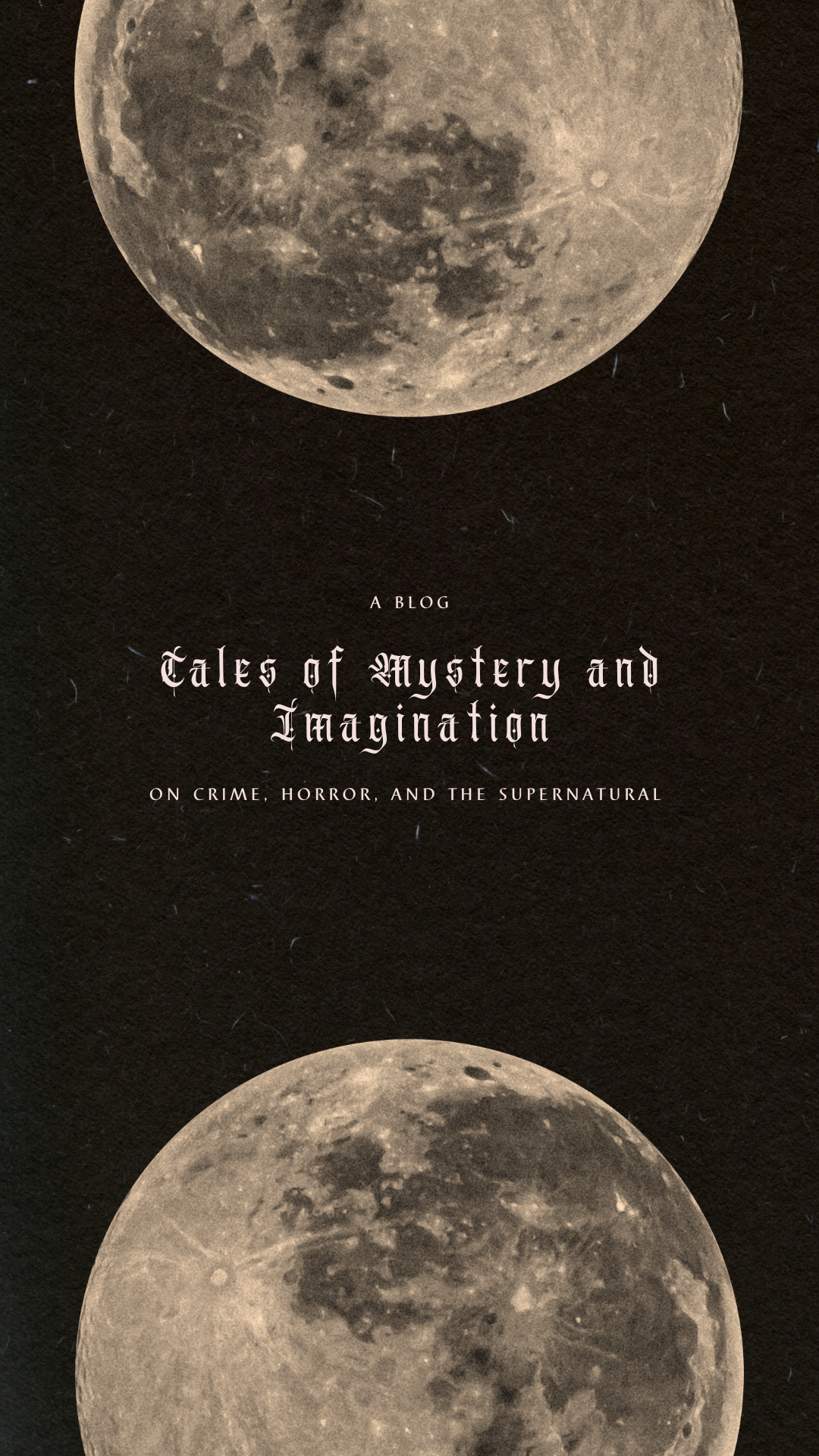Gore, Galore! — A Bloody Good Revisit of “The Walking Dead”
Who’d have thought we all had so many miles of intestines? In some of the zombies (or their unfortunate human victims) in the smash hit series The Walking Dead, the abdomen has been ripped open, revealing . . . all those bloody tubes of viscera. For whatever reason, it’s one of the two things that has impressed me most, now that I’m midway through the sixth of of the show’s eleven seasons.
Call it gore, galore!
And it isn’t just intestines. There’s actually an unending smorgasbord (oops!) of half-bodies (still alive, of course, in their grotesque reanimation), limbness zombies on their way to becoming headless versions, spurting arteries, faces without mouths or jaws, walkers who’ve just been burnt to the crisp but who keep walking, and occasionally, members of the undead who seem to be missing whole layers of their skin so that we can see inside them. Yes . . . Ewwww! At the same time, I have to think all this bloody mayhem must be one of the elements of The Walking Dead that attracts so many viewers. It’s as over-the-top as any television series in our so-far vicious 21st-century has a right to be.
Why review the series now? Since the show began in 2010, or fifteen years ago now, I figured a reassessment based on some repeat viewing made sense.
And make no mistake: the plot of The Walking Dead makes perfect sense, once you accept the outrageous premise that underlies the series—that most of the world’s population has turned into zombies and you will probably spend the rest of your life stomping on heads to squash them sufficiently to survive.
The fictionist and screenwriter Richard Matheson was one of the quartet of great writers of the original Twilight Zone series. (The others were Rod Serling, Charles Beaumont, and George Clayton Johnson). Matheson had this to say about writing the fantasy that was his stock-in-trade:
To me, fantasy at its best . . . consists of putting in one drop of fantasy into a mixture which is, otherwise, completely factual, realistic. And, once that drop of fantasy has been put into the mixture, I try to forget that I am writing a fantasy and write as realistic a story as I can, recalling, of course, that the springboard has been some offbeat concept. (Marc Scott Zicree, The Twilight Zone Companion, 2d ed., New York: Bantam Books, 1989), 57.
Once you accept the premise: that a bite gives you the virus and you instantly become a fellow zombie who stumbles around the world looking for human beings to eat, then this series becomes a coherent, extremely well written saga.
That’s the second thing that has impressed me as I make my slow circle around The Walking Dead sun and its 11 seasons: the quality of the storytelling and the arc of the multi-season plot. It would be easy to think that all of the characters in the series (the living ones, that is), are preoccupied at every moment with defending themselves against the flesh-eating zombies by a quick knife-to-the-head thrust, which they are forced to use again and again and again. (The noise of a firearm discharging always attracts additional zombie hordes.)
But the characters develop over time, just as we all do, and some of them become quite different from the personalities we were first introduced to a season or five ago. The writers have managed to maintain a high standard of character development, seeming to pluck it straight out of chaos.
They also treat us—just as Game of Thrones did—to that deplorable-yet-delightful plot device of abruptly killing off central characters, something that always shocks us.
Along with what has to be thousands of zombie extras in some of the episodes. Come to think of it, supporting the economy this way and the families of all those made-up undead, is another thing I admire about the series this time around.
Featured photo credit: Gerardo Martin Fernandez Vallejo on unsplash.com
